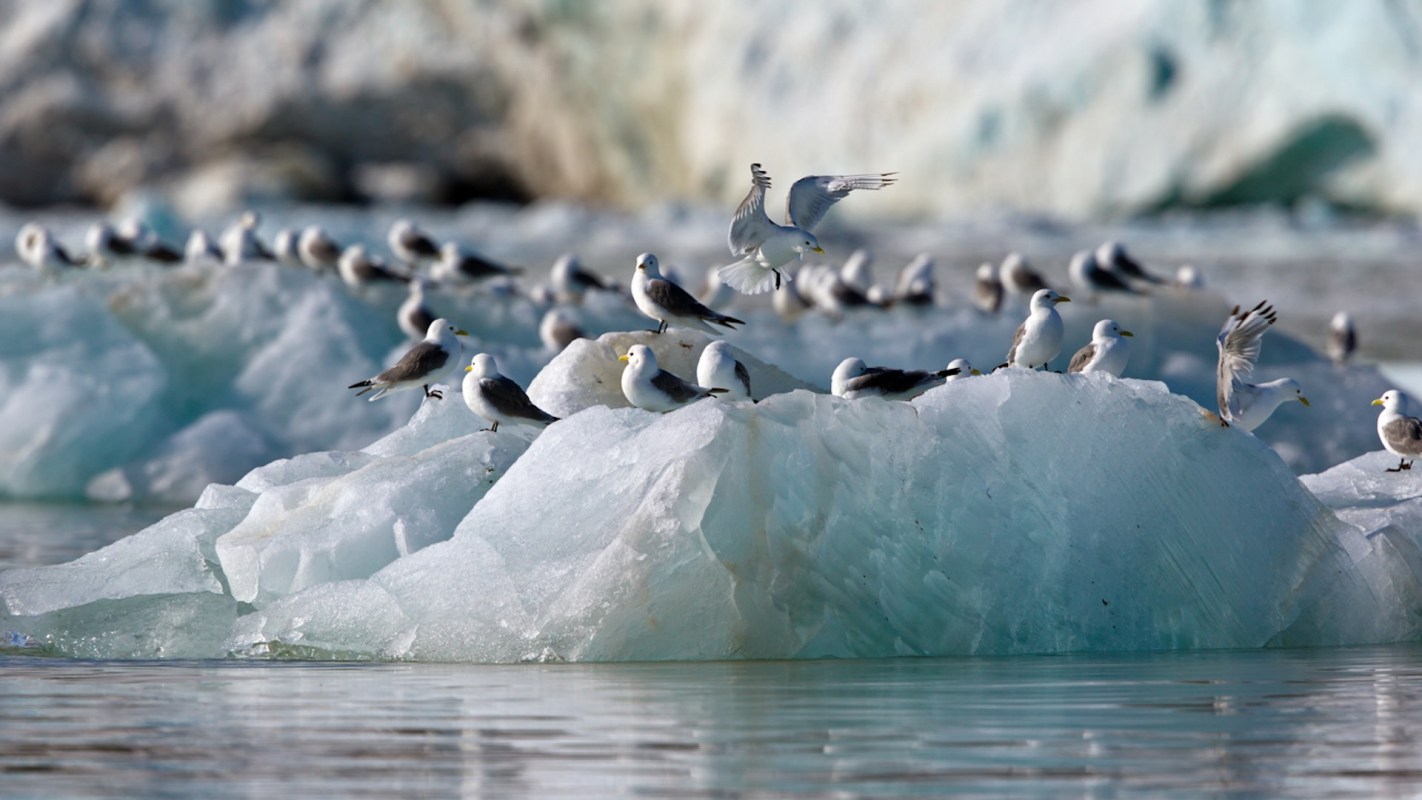The polar regions of the Arctic and Antarctic are some of the most remote places on Earth. But that doesn't mean that they are untouched by human activity, unfortunately, as scientists recently discovered that 97% of Antarctic seabirds (and 90% of Arctic ones) had ingested microplastics.
What is happening?
In a study published in Frontiers in Marine Science, the researchers — Ph.D. candidate Davide Taurozzi and Professor Massimiliano Scalici of Roma Tre University in Italy — discovered that nearly all of the seabirds they studied had ingested at least one microplastic particle.
Of the over 1,100 birds they studied, the scientists extracted a total of 3,526 particles, including 14 different polymer types, most of which could be sourced from items like plastic bags, food and drink containers, and protective foam packaging.
Why is this concerning?
The negative health effects that ingesting plastic can have on animals are widespread and deadly.
"The smallest fragments, derived from the degradation of larger plastics, can have several effects on biota, including blockage of the gastrointestinal tract of animals, translocation from the intestines into other tissues, particle toxicity, oxidative stress, and immune response," the scientists wrote.
"Considering the Arctic covers ~6% of Earth's surface and is comparatively pristine, the implications of human encroachment on the natural world here can be devastating."
Plastics have also recently been found in penguin droppings in Antarctica, as this pervasive form of pollution continues to spread nearly unchecked across the globe.
What is being done about it?
To protect wildlife from the devastating effects of ingesting plastic, it is vital that we significantly decrease the number of plastic products our societies create and consume — especially when it comes to single-use plastics.
Several national, state, and local governments have already taken steps to decrease the amount of single-use plastic sold, with bans that have sought to limit waste.
On an individual level, some of the things that we can do to limit our plastic consumption include repurposing empty containers and buying reusable water bottles.
Join our free newsletter for weekly updates on the coolest innovations improving our lives and saving our planet.









